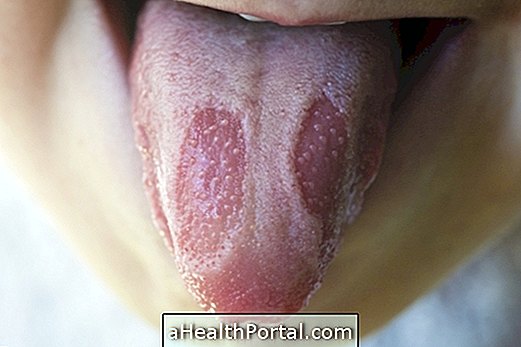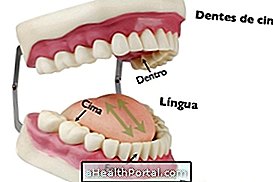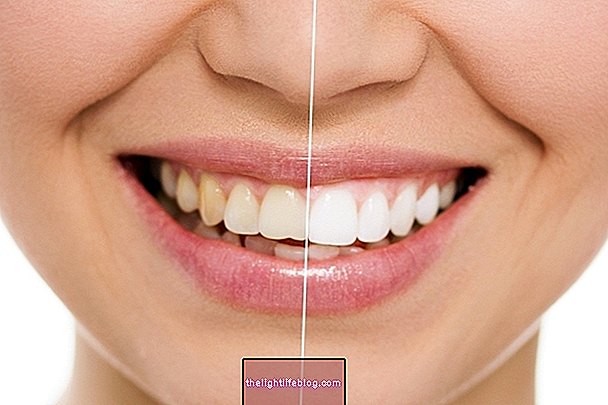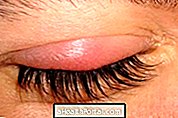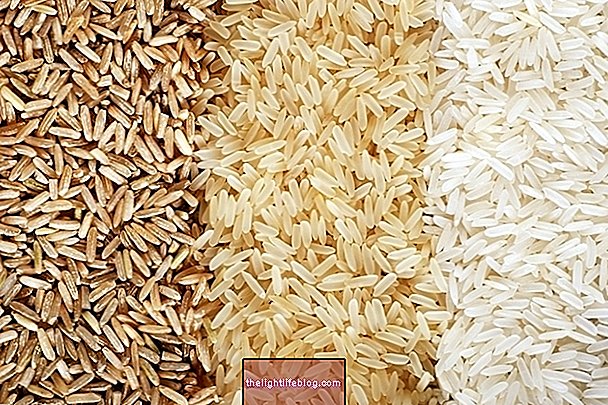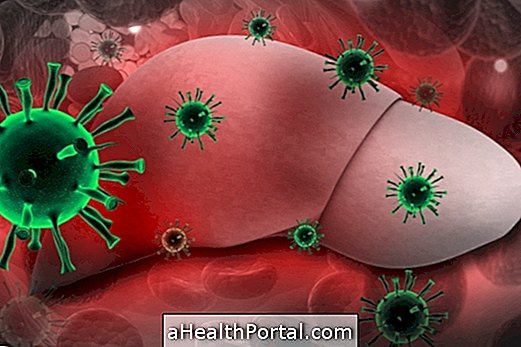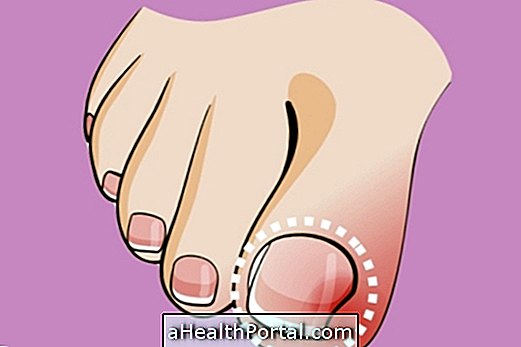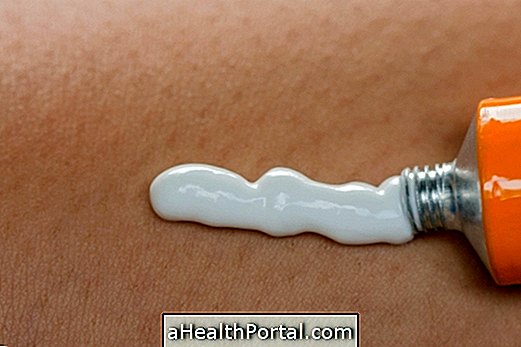The wisdom tooth is the last tooth to be born, around the age of 18 and can take several years until it is fully born. However, it is common for the dentist to indicate his withdrawal through a minor surgery because he may not have enough space inside the mouth, pressing the other teeth or until found to be damaged by cavities.
Extraction of the syringe should always be done in a dental office and lasts a few minutes with local anesthesia, followed by a few stitches. In the postoperative period, it is advised to avoid eating or drinking for at least 2 hours and if there is a lot of pain after the surgery, one should take an analgesic every 4 hours and rest for at least one day.
Complete retrieval of wisdom tooth extraction can take up to 1 week, but this period may vary depending on the complexity of the surgery and the number of teeth removed, for example. However, there are some cautions that can speed healing.
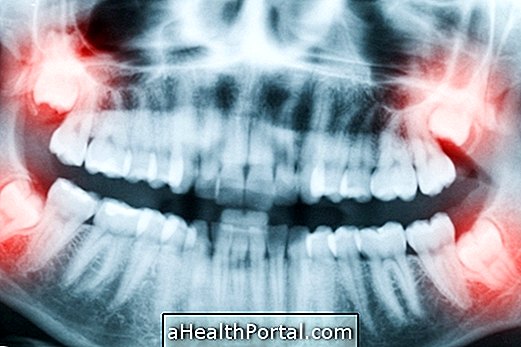
When to extract wisdom
Usually, the dentist recommends wisdom tooth extraction when:
- The tooth can not get out of the gum and is trapped;
- The tooth is being born at the wrong angle, pressing on the other teeth;
- There is not enough room in the arch to receive the new tooth;
- The wisdom tooth has cavities or there is a disease in the gum.
In addition, if during the birth of the wisdom tooth the pain becomes very intense and unbearable, the doctor may also advise that the tooth be removed, so as not to cause further discomfort. Here are some natural ways to relieve toothache.
After the extraction of the wound, the healing of the site takes about 1 week, and therefore some dentists prefer to remove more than one wisdom tooth at the same time, if necessary, to avoid having to go through the healing process several times.
How is wisdom extracted
Before removing the tooth, the dentist will assess whether antibiotics are needed for 8 days before surgery if there are signs of caries or inflammation in the syringe to prevent infection and for anesthesia to take effect.
On the day of extraction, the dentist will anesthetize the part of the mouth needed to remove the tooth, and then with instruments of their own will remove the wisdom of others and pull it, removing it. In case the tooth has not yet been born completely, a cut can be made in the gum to where the tooth is located, so that it can be removed.
Once removed, the dentist will close the spot with stitches, if necessary, and will place a sterile compress on the spot so the person can bite to stop bleeding.
The easiest teeth to remove are those that are not inflamed or included, having a faster extraction and easier recovery. Already the wisdom can take more time in the surgery for its extraction and the recovery may be a little slower due to the size of the cut in the mouth.

Signs of an inflamed wisdom tooth
When the wisdom tooth is decayed it is normal to have bad breath, but when the tooth is inflamed, other signs appear, such as:
- Acute tooth pain with throbbing sensation;
- Pain in the face, near the jaw;
- Headache;
- Redness at the birth site of the wisdom tooth.
These symptoms can occur when the wisdom tooth is being born but are more bearable. When the wisdom tooth does not have enough space to be born, it can begin to be born crooked, stop being born for a period and after a few months to be born again.
Care after extraction of the wisdom tooth
After removing the syringe the dentist should guide certain recommendations like biting the compress he leaves inside the mouth to avoid bleeding, remaining with it for about 1 to 2 hours. In addition, one should:
- Avoid hot foods and prefer ice creams, provided they are liquid or soft, especially on the same day as removing the syringe;
- Do not make mouthwash or use mouthwash to avoid irritation and bleeding during the first day;
- Use a soft bristle brush to brush your teeth, and only the day after surgery;
- Keep the home on the day of wisdom tooth extraction, avoiding going on work;
- Return to more intense physical activity only 3 to 5 days after extraction, or as directed by your doctor.
It is normal the side of the face where the synovium has been swollen and it is possible to take anti-inflammatory like Ibuprofen and use a cold compress on the face. Doing a lymphatic drainage can also help to flush, relieving pain. Here's how to do it in the following video:

How to speed healing
So that the gum tissues can heal faster, reducing pain and swelling one should eat protein-rich foods like boiled egg, shredded chicken or roasted fish, for example.
These foods contain the nutrients that the body needs to close the wound faster, accelerating healing. Learn more examples of what you can eat when you can not chew.
Warning signs to return to the dentist
One should go back to the dentist if after the extraction of the wisdom arise symptoms such as:
- Fever above 38ºC;
- Increased swelling at the site of tooth extraction;
- Severe pain that worsens over time;
- Excessive bleeding.
In addition, if it appears that some food has entered the wound, you should also return to the dentist to remove and prevent the development of an infection on the spot, for example. Generally, when some food gets stuck inside the wound, it is common to feel a lot of sensation or throbbing sensation.
